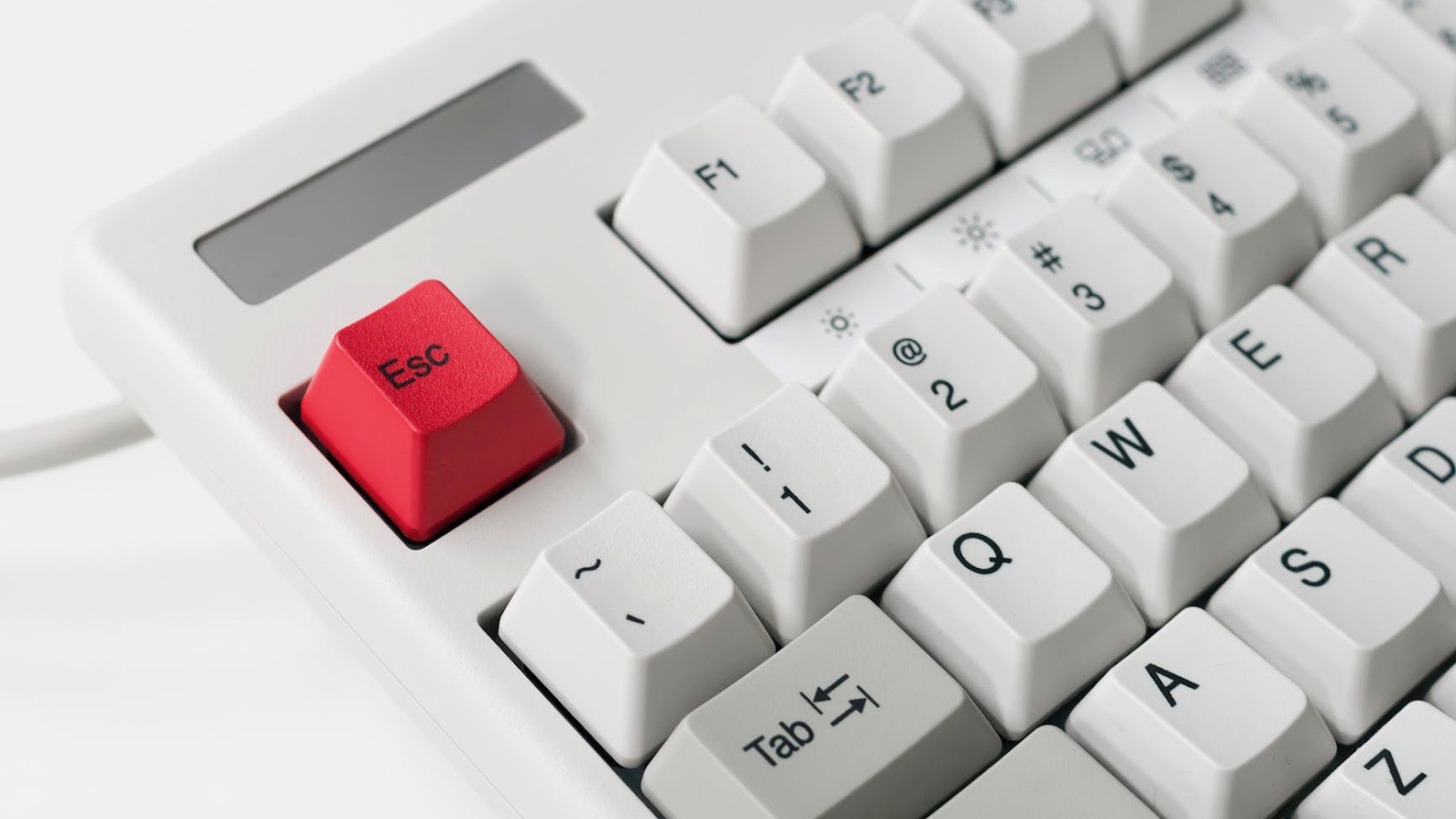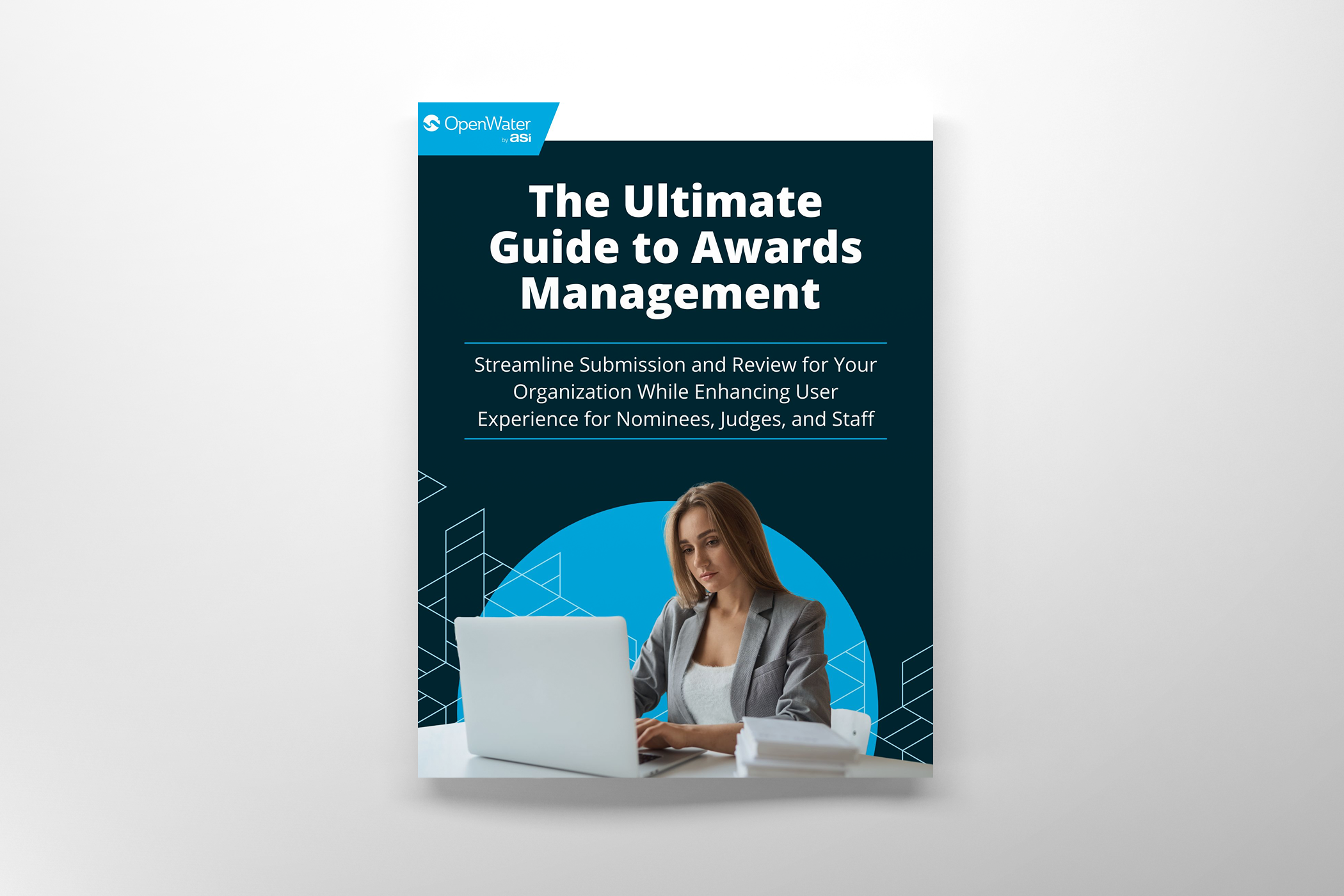
4 Red Flags When Comparing Abstract Management Software
When the time comes to move on from an Excel or Google Forms spreadsheet process to a full abstract management system—or if you’re looking to replace an antiquated abstract software—there are a handful of red flags to look out for in new software.
At OpenWater, we believe a one-stop solution for abstract management is meant to make your life easier in 3 ways. Ideally, it will:
- Save you from time-consuming record keeping
- Simplify the submission and review processes
- Work everywhere, for everyone, all the time
It takes a well-integrated conference management software with a focus on both the speaker’s experience and the administrator’s experience to check all three boxes. Look out for these four signs that the abstract software you’re evaluating may not be the solution you’re looking for:
1. You have to log in from one computer.
Locally-installed software requires setup on every computer you intend to use while gathering and reviewing abstracts. This is a pain, not only because of the initial time investment but because it chains you to one desk and can lead to catastrophe if that computer dies. Modern abstract management software is 1) cloud-based, and 2) responsively designed to work on any device—desktops, laptops, tablets, or mobile devices.
A perfect-fit software will let you work wherever you are—the office, the bus, at home on the couch—on whatever technology you wish. Software as a Service (SaaS) is actually the direction that all workplace technology is heading because cloud-based computing gives you exactly this flexibility. IDG’s 2018 Cloud Computing Survey projected that 95% of all organizations would rely on SaaS applications within 18 months (up from 89% as of the survey).
Cloud services are more secure and easier to integrate smoothly with your website, conference mobile apps, and other CRM or AMS tools. If necessary, you could even log into the program from your tablet at the airport to make just-in-time last-minute changes.
2. There’s too much ‘friction.’
Put yourself in the speaker’s position. You’re considering submitting a proposal, so you hop on the website with a coffee to start setting it up. Then it takes six or seven clicks through a confusing web of menus to navigate to the right page. Once you get there, a hyperlink lands you on an out-of-place submissions form that looks like:
- A bland, brandless form without any clear identity
- External software boxes plunked onto the page
- A totally different website
It would feel much more welcoming if the abstracts software could reduce these sources of friction by matching the look and feel of the existing website. Imagine the smooth experience of a page that uses your brand colors, includes your logo, and minimizes clicks for easy access. A one-stop, secure platform creates seamless ease of use, both aesthetically and functionally.
Single sign-on functionality could let the speaker use the same credentials as your existing website (and gives them the freedom to submit work to multiple programs at once, if they wish). OpenWater integrates single-sign-on with a range of convenient logins (like Google accounts) to save your speakers time—and sticky notes with passwords surrounding their monitor.
3. It doesn’t play well with others.
There’s a huge range of possible technology platforms that could come into play as your organization works on planning its annual meeting or abstracts conference. To make smooth sailing of your call for papers, the abstract management software will have to integrate easily with the rest of your tech suite.
Perhaps you have an Association Management System (AMS) like Personify or a CRM database through Salesforce. There could be a need for a secure payment gateway like Paypal or support for bi-directional synchronization with a mobile conference app platform like CoreApps. Your new abstract management system could go a long way to reducing the headaches of manually transferring records between them if it has a robust suite of integrations up its sleeve.
4. You need a computer programmer to set it up.
Few things are as frustrating in freshly purchased software as discovering the learning curve is so steep you’d save time by going back to the old way. It matters that your new abstract management system is fully customizable and scalable to your needs, but it is equally important that you can do it all yourself—without dialing the guy down the hall with the degree in computer science.
A system with a cohesive user interface is designed for you, the person in charge of the abstracts, and not for the head of IT. OpenWater set out to make sure you’d never need to write a single line of code to get going or start feeling the benefits of streamlined management on the back end.


